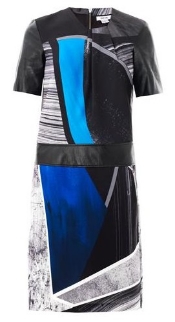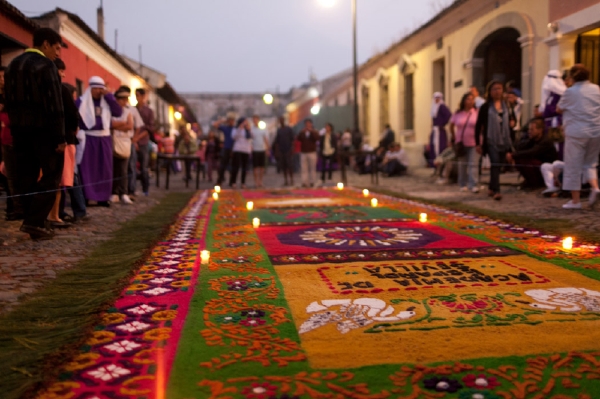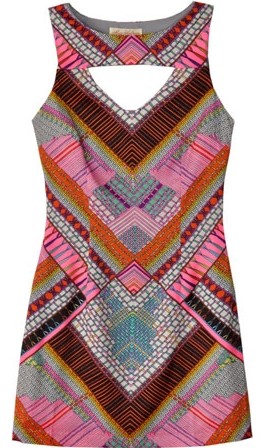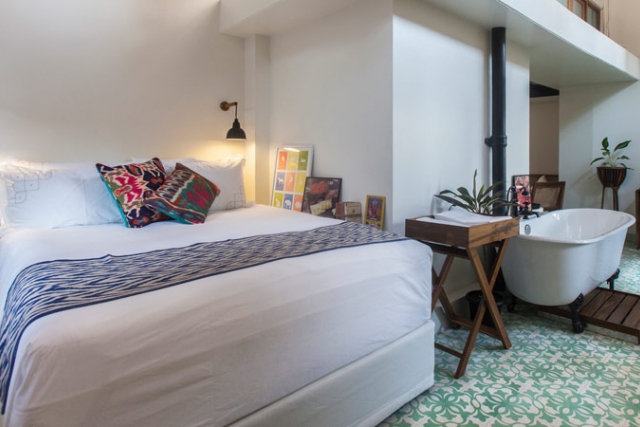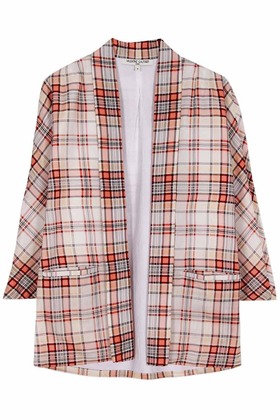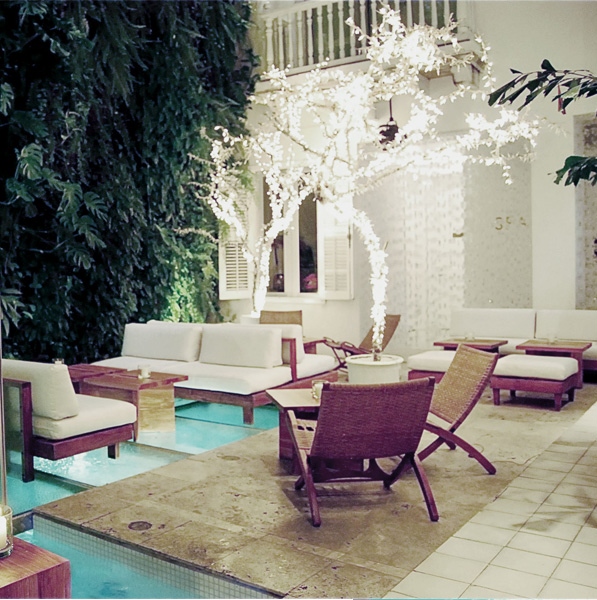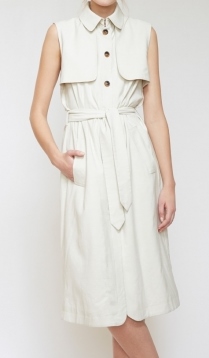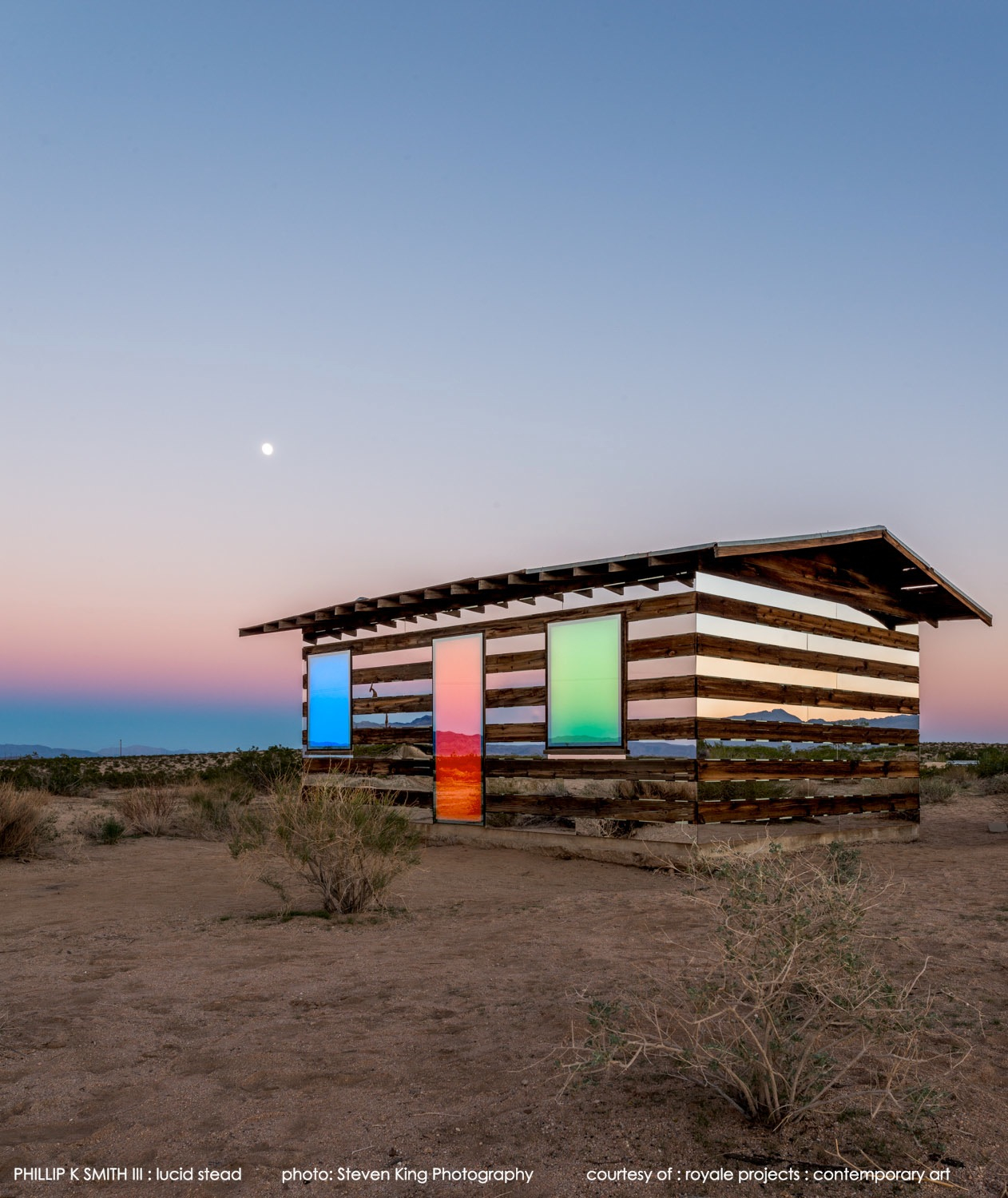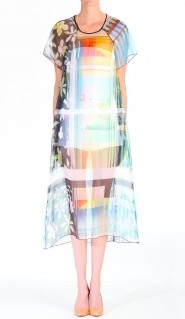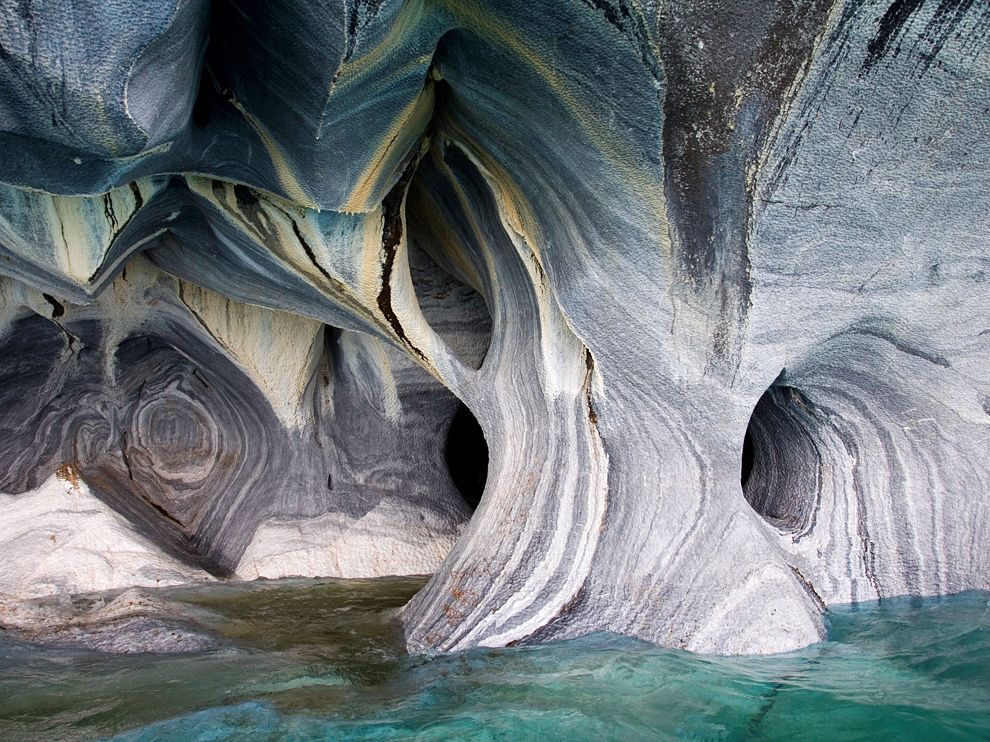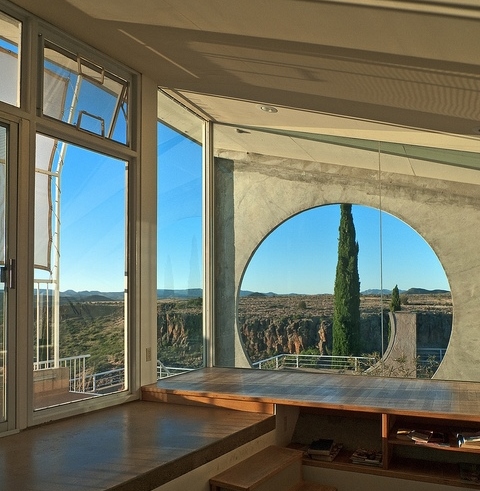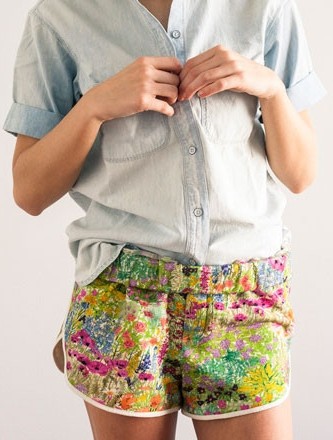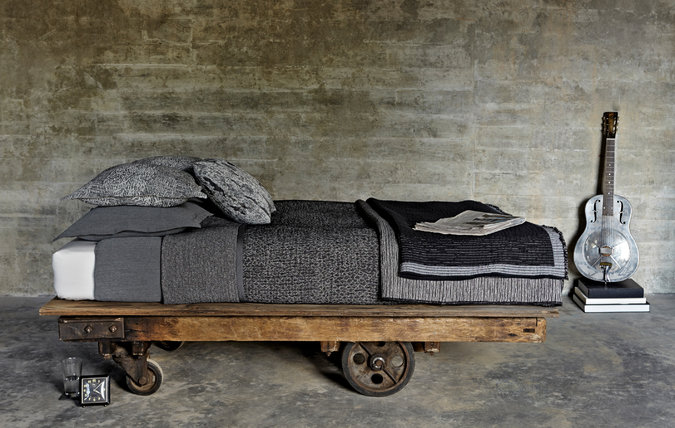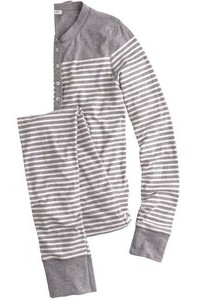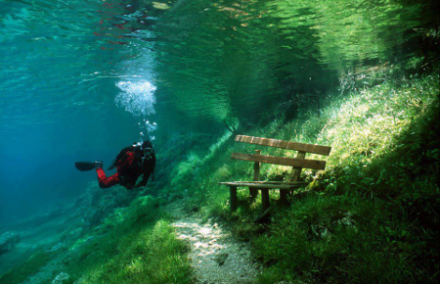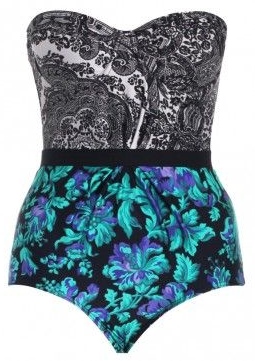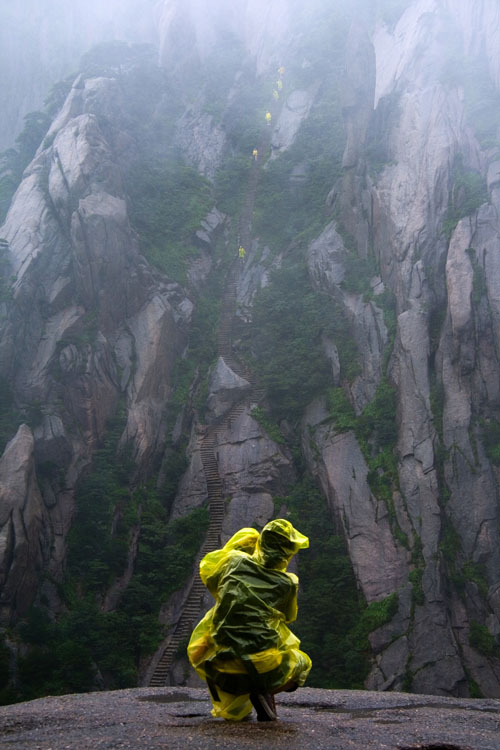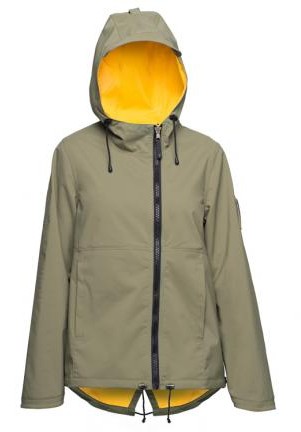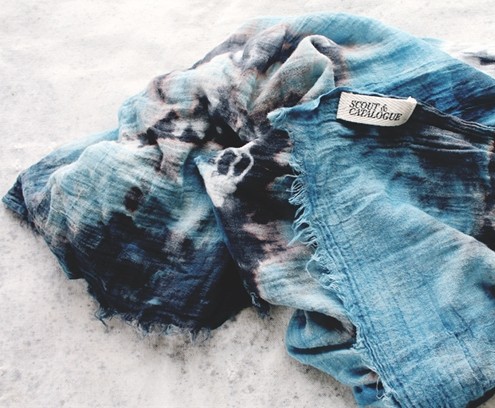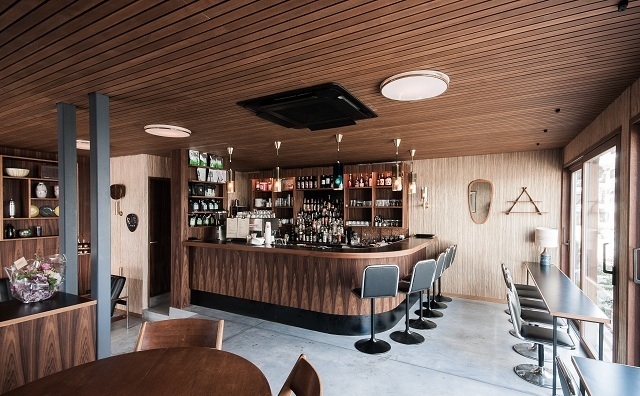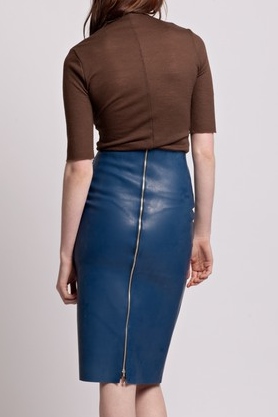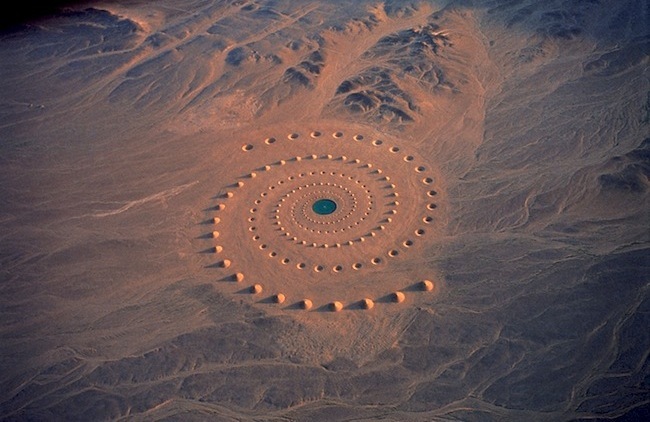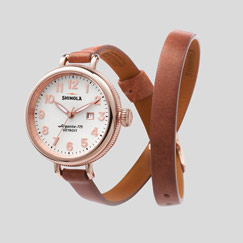Cumulus crop
Azure clouds hover above the southeast entrance of Central Park. No, this is not a meteorological phenomenon, but rather a public art installation, a playful inversion of blue sky, white clouds. The plump aluminum panels, perched atop 35-foot-tall steel ladders, are the doing of artist Olaf Breuning in conjunction with the Public Art Fund. Installed in March, Clouds initially offered a color infusion as winter dragged on, and now, as trees bud nearby, the sculpture inspires wisps of wonder and humor. Clouds is based on a photograph Breuning staged in 2008 in Italy. Using cherry pickers and cardboard cutouts, he created a quick installation and documented it on film (for me to borrow, six years later). Keen to reconceive the image, he designed a new cumulus outcropping minus the climb-able cranes. Why clouds? In conversation with Vogue, Breuning suggested, why not? Everybody likes clouds. “There are those moments on a summer day when you’re lying on the grass and you look up and there are clouds,” he said. “I didn’t really think about the clouds; I could have prepared a lot of things to say, but I just now that clouds are recognizable and each person has their own thoughts about them.” Clouds invite the mind to wander, aloft, untethered. And by painting them blue, he channeled an age-old abstraction, the childhood instinct to scribble blue clouds against white skies. “See, my work is as simple as possible,” he said. “When you are a kid, you draw a cloud, and you make it blue. I don’t know why. I think it’s a design thing, and after I made it, I realized, Oh shit, clouds aren’t really blue. But it looks nice, the different colors.” The color puffs on this dress look nice too, camouflaged to a leisurely stroll past public art (before Clouds closes August 24).
Ilana Kohn Milly Dress.












